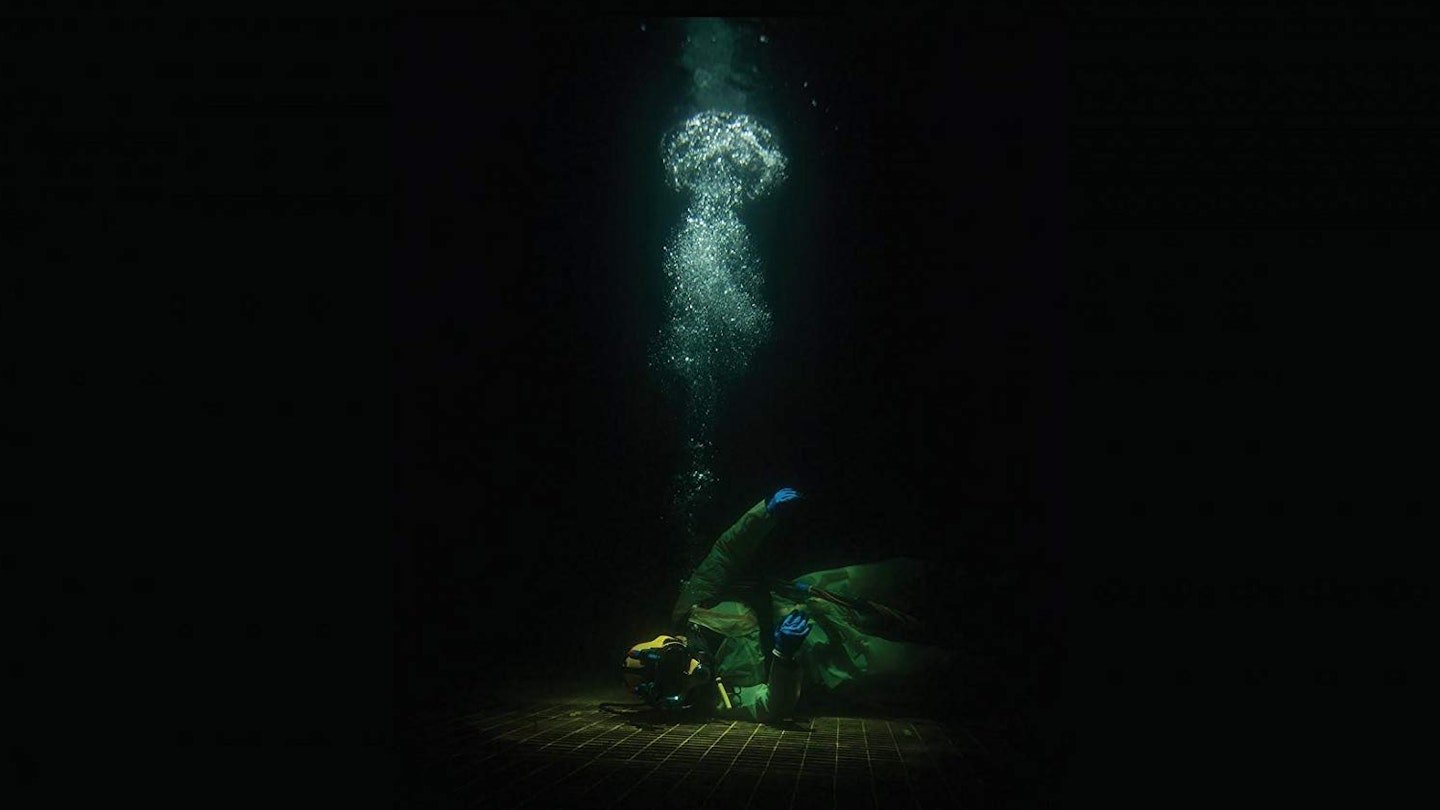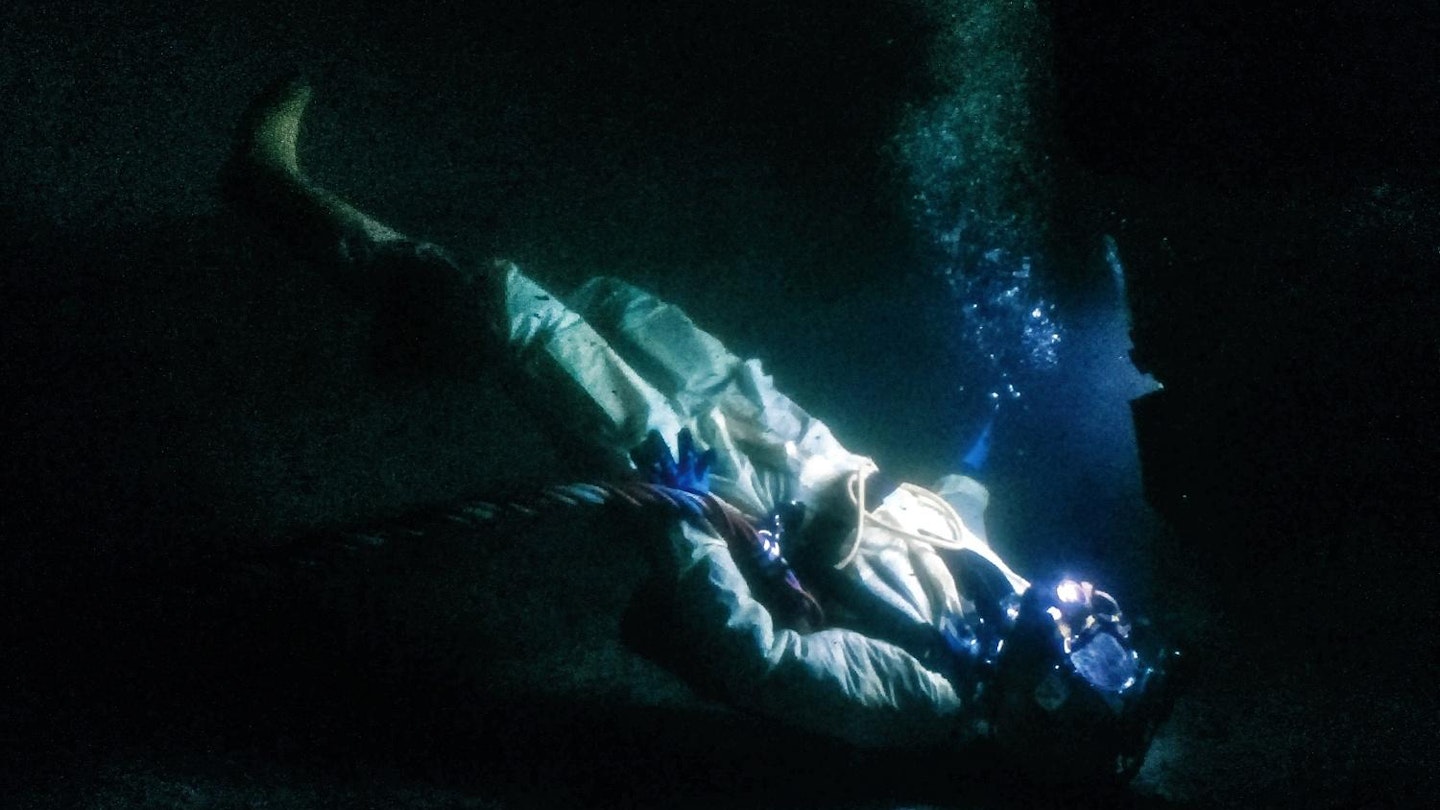Last Breath joins the likes of Touching The Void and Stranded: I’ve Come From A Plane That Crashed On The Mountains in documenting a true-life tale of people facing impossible odds in an extreme environment. And short of being lost in space, it’s hard to think of an environment less hospitable to human life than the one in which saturation diver Chris Lemons was trapped on the night of 18 September 2012.

There is no light at the bottom of the North Sea. The temperature is around four degrees Celsius. The pressure is ten times atmospheric pressure. In other words, not the nicest place to be when your only lifeline is a heat, air and communication-providing ‘umbilical’ stretching 90 metres to the surface via a diving bell. Especially when you have 18-foot swells and 35-knot winds raging up there.
Places too little emphasis on psychology, and too much on the rescue logistics.
Comprising camcorder footage, black box recordings, talking-head interviews and neatly integrated reconstructions, Last Breath sets things up by presenting the rather abnormal ‘normal’ life of guys such as Lemons, and his diving partners Duncan Allcock (a hearty father figure) and David Yuasa (a crewmate so calm and detached he’s nicknamed ‘Vulcan’). That, in itself, is interesting, and their matter-of-factness about what they do is curiously entertaining, especially when they’re on the job and all start speaking in helium-squeaky voices. But the meat of the documentary is a race-against-time thriller, detailing the disaster that left Lemons alone deep below with a severed umbilical and the desperate rescue mission that ensued — even though after those first five minutes it was obvious it would be a matter of retrieving Lemons’ body.
This involves some narrative sleight of hand on the part of directors Alex Parkinson and Richard da Costa. There is an attempt at a twist here, a third-act reveal. One that is so easy to guess (or look up) that you wonder why they bothered. It is an unfortunate misstep, placing too little emphasis on the psychology of the incident and too much on the logistics of the rescue, which, despite the extreme circumstances for the divers, are actually quite mundane: repositioning a ship, sending out an ROV, rebooting a computer system. As tightly as they’ve directed the reconstructions, and as soaringly Hans Zimmer-esque as they’ve made the score, there’s no getting away from that. Where Last Breath falls short of, say, Touching The Void, is in the way it makes Lemons, for the most part, the object of the documentary, rather than its subject. A different, less dramatically inclined and more linear approach might have solved this.
Even so, you can’t deny it is a great story that remains worth telling and, for the most part, Parkinson and da Costa achieve that in a way that is effective and worthy of a big-screen viewing. As long as you’re not claustrophobic.
